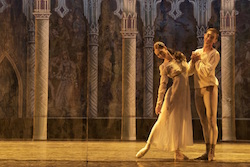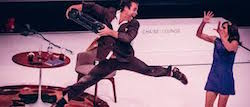http://www.sydneyartsguide.com.au/arek-sinanian-climate-denial/

AREK SINANIAN : A CLIMATE FOR DENIAL
‘This thought provoking book shines a light on a range of reasons why people don’t appreciate the urgency of the changes required.’ – John Connor, CEO, The Climate Institute.
This is a deceptively small and light book that asks huge questions about climate change and helps if necessary in opening considered discussions about this extremely important issue.
The book asks why is it that despite overwhelming evidence and fundamental scientific principles, some people still don’t accept that climate change is real and that human activity is contributing to it?!
Perhaps it is because the science is not being understood? Or is it because it is difficult to accept that humans are capable of affecting and changing the climate? Is there a link between climate change scepticism and ideology? Is there a link between the belief in science and belief in God?
A CLIMATE FOR DENIAL gives a summary of the reasons your friend is a sceptic who challenges the science of climate change – or completely denies it’s happening at all – and attempts to explain why.
A CLIMATE FOR DENIAL is written by Arek Sinanian, an environmental engineer, who was one of Australia’s earliest practitioners in greenhouse gas management and climate change risk assessment.
In 2005, Sinanian was accepted into the international roster of experts for the United Nations Framework Convention on Climate Change (UNFCCC) and became the only Australian voted on the prestigious six person Accreditation Panel of UNFCCC’s Joint Implementation Supervisory Committee.
The book is clearly and thoughtfully written, easy to understand, and attempts to impartially analyse both sides of the debate. Graphs and illustrations are included.
The book is handily divided into three sections – the first part looks at the background and history, a quick summary of the major evidence, the middle part looks at the various reasons for denial, examining the ‘whys’ and ‘hows’ of climate change denial; the groups people fall into and why the say climate change isn’t happening , how people dislike the solution rather than not accepting the science of climate change, and then the final part looks at where to now and what might possibly happen ..
Both negative and positive aspects are examined. What can we do as an individual ? As a first world country ? Globally ? How can we as an individual help reduce our carbon footprint ? What about the use of solar panels (for instance) and better recycling and more use of renewable energy ? and the changes in technology for transport?
In the main, middle section mention is made of the way we as humans need to belong to particular groups, the Dunning -Kruger effect (‘a little knowledge is a dangerous thing’), cause and effect, how ideology and religion affects us and whether age and ethnicity affect acceptance and belief in climate change (among other things). The book also asks why the tiny minority of sceptics has so much control.
While yes there is an excellent table of contents at the front, what I would have liked is an index at the back and also more about what we here in Australia (rather than just citing excellent European or Asian examples) can do to deal with this globally important issue.
An important book for all concerned about our planet .
EAN: 9781684188789
ISBN: 1684188784
Publisher: Longueville Media
EAN: 9781684188789
ISBN: 1684188784
Publisher: Longueville Media













